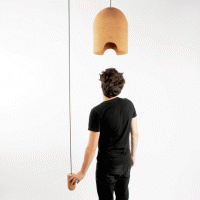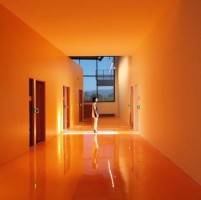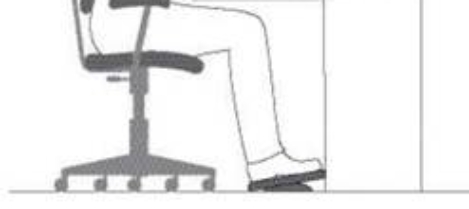April 12, 2015
Designer creates soundproof helmet to deal with noisy surroundings 0
 We’re used to seeing intriguing solutions to the much talked about problem of noisy offices. This year’s Milan International Furniture Fair (see our preview here) will be no different. None, however, will be quite so intriguing as this Cork Helmet from Belgian designer Pierre-Emmanuel Vandeputte. According to the designer’s website this is a ‘helmet made out of cork allowing a person to insulate himself from noise. A mechanism devised with a counter-weight, a rope and two pulleys helps to move the helmet up or down one’s head.’ We can’t help but see the parallels with the thinking behind the Super-Chromatic Peril Sensitive Sunglasses from the Hitchhikers Guide to the Galaxy which feature lenses that turn completely black at the first hint of trouble, thus preventing the wearer from seeing anything alarming.
We’re used to seeing intriguing solutions to the much talked about problem of noisy offices. This year’s Milan International Furniture Fair (see our preview here) will be no different. None, however, will be quite so intriguing as this Cork Helmet from Belgian designer Pierre-Emmanuel Vandeputte. According to the designer’s website this is a ‘helmet made out of cork allowing a person to insulate himself from noise. A mechanism devised with a counter-weight, a rope and two pulleys helps to move the helmet up or down one’s head.’ We can’t help but see the parallels with the thinking behind the Super-Chromatic Peril Sensitive Sunglasses from the Hitchhikers Guide to the Galaxy which feature lenses that turn completely black at the first hint of trouble, thus preventing the wearer from seeing anything alarming.

























April 12, 2015
A preview of this year’s Milan International Furniture Fair 0
by Justin Miller • Comment, Events, Furniture, Workplace design
(more…)